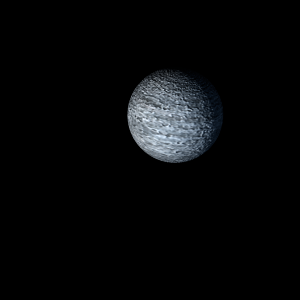|
|
Space Astro
|
Info for exoplanet "Jokunyu-yaba"
| Scientific (actual) data |
|---|
| Name | HATS-39 b |
| Planet status | Confirmed |
| Planet mass | 0.63 |
| Radius | 1.57 |
| Orbital period | 4.57763 |
| Semi major axis | 0.06 |
| Orbit eccentricity | 0.275 |
| Inclination | 84.98 |
| Discovered | 2018 |
| Updated | 2018-05-14 |
| Tzero tr | 2457320 |
| Impact parameter | 0.696 |
| K | 62 |
| Temperature (kelvin) | 1645 |
| Publication | Published in a refereed paper |
| Detection type | Primary Transit |
| Mass measurement type | Radial Velocity |
| Radius measurement type | Primary Transit |
| Star name | HATS-39 |
| Right ascension | 112.42° |
| Declination | -29.94° |
| Mag v | 12.75 |
| Star distance | 773 |
| Star metallicity | 0 |
| Star mass | 1.379 |
| Star radius | 1.621 |
| Star age | 2.06 |
| Star temperature | 6572 |
| Wikipedia article | HATS-39 b |
Back
| |
| Fictional info (?) |
|---|
| Suggested name | Jokunyu-yaba |
| Planet type | Hot gas giant |
| The polar regions are constantly below 288°K (15°C).
It has the densest atmosphere of the two hot gas giants, consisting primarily of nitric oxide.
The two polar ice caps appear to be made largely of dust.
Because of its fast rotation, the planet's shape is that of an oblate spheroid (it has a slight but noticeable bulge around the equator). |
| Atmosphere | Nitric oxide | 44% |
| Argon | 24% |
| Krypton | 15% |
| Sulfur dioxide | 14% |
| Hydrogen deuteride (HD) | 2.8% |
| 2H2O | 0.022% |
| Atmospheric pressure | 0.14 bar |
 |
| No known satellites |
| Google search for Jokunyu-yaba |
|
Website by Joachim Michaelis
|
|
|
|